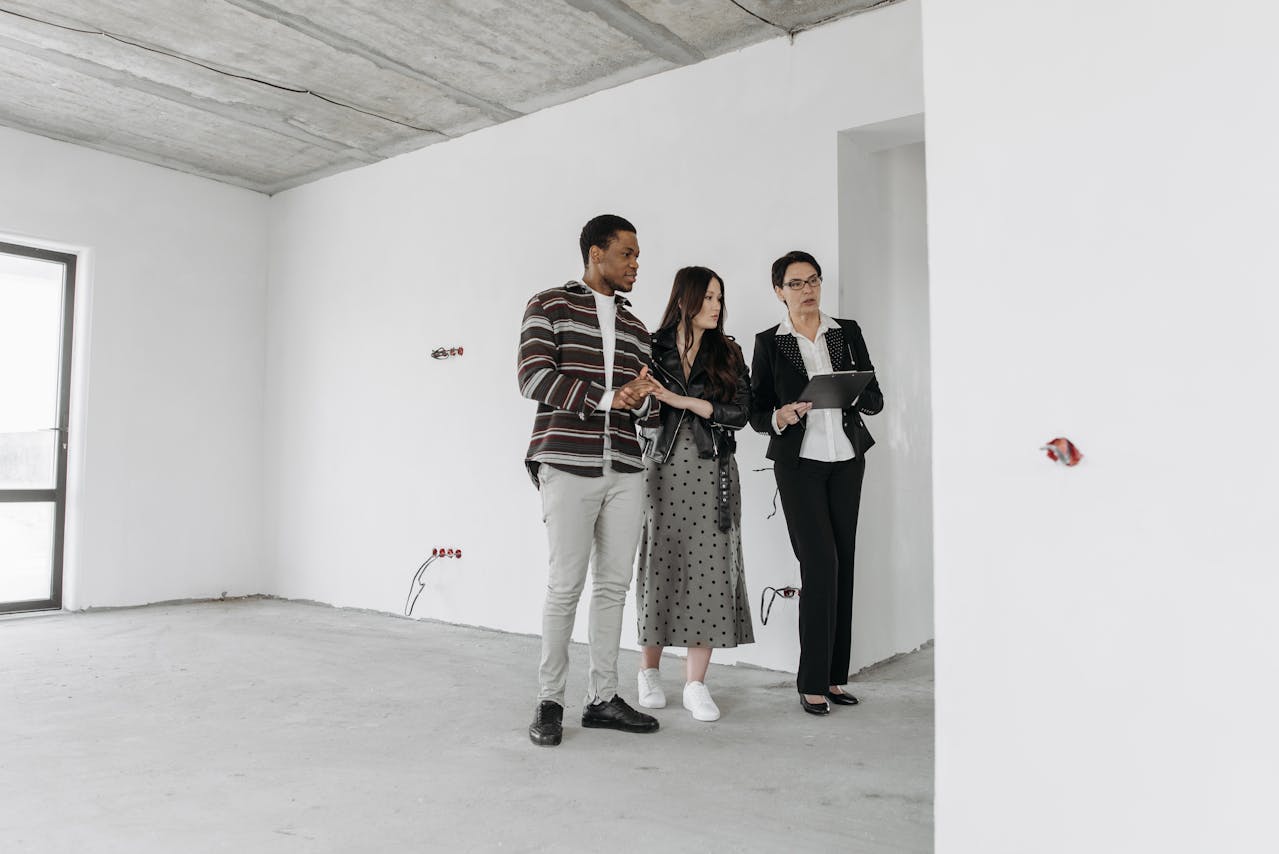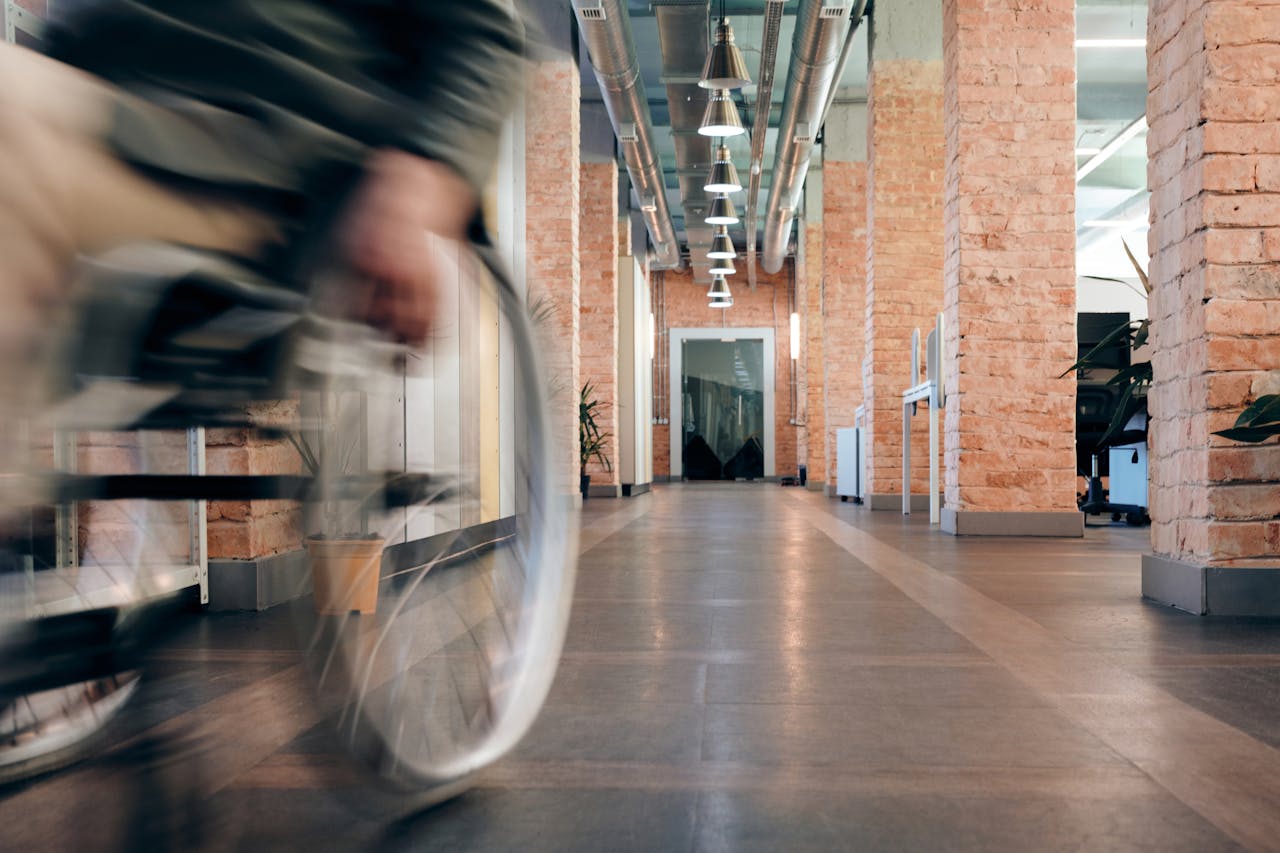How to Know if Your Rental Meets Safety Standards
Key Takeaways
- Landlords are legally and morally obligated to provide safe, habitable housing that meets state and local safety codes.
- Regular property inspections and preventative maintenance help catch safety issues early and ensure continued habitability.
- Educating tenants and responding promptly to repair requests can prevent safety risks and foster long-term tenancy.
- Landlords must provide reasonable accommodations for disabled tenants, as required by the Fair Housing Act, to ensure equal access and safety.
As a landlord, you automatically obtain certain obligations after establishing a lease with a tenant. Among these obligations is ensuring that you rent out a property that meets the state’s basic safety codes.
Failure to honor this responsibility may have consequences. The tenant may obtain legal rights to cancel their lease early and without penalty. They may also be able to sue you for damages, among others.
Other than being a legal requirement, providing your tenant with safe housing is also a moral obligation. When a tenant feels safe and cared for, they will be more likely to abide by the lease terms, care for their rented premises, pay rent on time, and stay longer.
With that in mind, Ocean Realty & Property Management has provided a guide on what to do to ensure your rental meets safety standards.
Get In Touch Today
Abide by the Legal Requirements
Understanding your legal requirements is key to a smooth and successful landlording experience. As such, before renting out your property, start by familiarizing yourself with the state and local landlord-tenant laws.
This will usually outline the minimum safety standards that landlords must abide by. They will cover things like a unit’s structural integrity, sanitation, smoke and carbon dioxide detectors, as well as essential services like water and electricity.

Inspect Your Property Regularly
No one is ever going to take care of your property like you would. As such, even after renting to a great tenant, make sure you’re visiting the property regularly to inspect it. The goal would be to ensure that the property remains habitable to the tenant.
Sometimes it’s possible that the tenant may not be savvy enough to identify issues. Consequently, a small issue may grow to become a serious habitability concern.
When inspecting your rental property, make sure to cover all vital elements. Such as, the building’s structural integrity, electrical systems, plumbing systems, as well as heating, ventilation, and air conditioning.
Additionally, have a preventative maintenance plan as well. Regularly check for things like pests, mold, leaks, and overall structural damage to the unit. Also, inspect the working of appliances and systems.
Before accessing the rented premises, though, make sure to notify the tenant first. Barging in without an advance notice can be a violation of a tenant’s privacy rights. A 24-hour’ advance notice usually suffices.
Meet the Health Standards
As a landlord, you must rent out a unit that doesn’t have issues like mold or pests that may pose a health risk to tenants. You must also ensure you respond to any of the tenant’s requests for repairs and renovations within a reasonable time.

Furthermore, if renting out a unit built before 1978, you may need to provide a disclosure to your tenant about lead-based paint concentrations in the unit.
Learn More About Our Services
Meet Fire Safety Standards
Generally, rental properties must have working smoke detectors in every building. And if renting out an apartment, you must ensure that there is a smoke detector on every floor.
Additionally, you’ll also need to make sure that fire extinguishers are available in easily accessible locations. Exits should be unobstructed and have emergency escape windows in bedrooms as well.
Educate the Tenant on the Unit’s Safety Standards
First off, ensure that the tenant has your emergency contact details. The goal is to ensure that the tenant is able to quickly report situations that threaten their health, safety, or rented property.
Provide the tenant with the primary emergency contact, local emergency services number, and even the number of utility companies for any that are in the tenant’s name.
What’s more, educate the tenant on how they can safely use features like gas appliances and fireplaces. Also, encourage them to report issues immediately they occur.
Provide Disabled Tenants With Reasonable Accommodations
This is per the Federal Fair Housing Act. It requires that landlords treat tenants fairly, equally, and respectfully, regardless of certain protected classes like mental or physical disability.
You must also provide them with certain reasonable accommodations and modifications to ensure they enjoy their rented premises like other tenants.

Aside from allowing them to keep their service animals in the unit even if you have a “no pets” policy, you may also need to do the following for their safety:
- Install grab bars in the bathroom.
- Widen doorways for wheelchair access.
- Install ramps.
- Change door knobs to lever door handles.
- Install visual alerting fire alarms for deaf tenants.
- Lower countertops in kitchens.
Bottom Line
Ensuring your property meets the basic safety standards is key to being successful. Aside from minimizing legal liabilities, you may also notice a higher tenant retention rate. With the higher tenant retention, it may mean reduced vacancies and an optimal return on investment.
At Ocean Realty & Property Management, we can help handle all aspects of your rental property. From legal concerns, to tenant management, rental advertising, and tenant screening, and everything in between. We have over 20 years of experience managing single-family homes, townhomes, condos, and apartments. Get in touch to learn more!